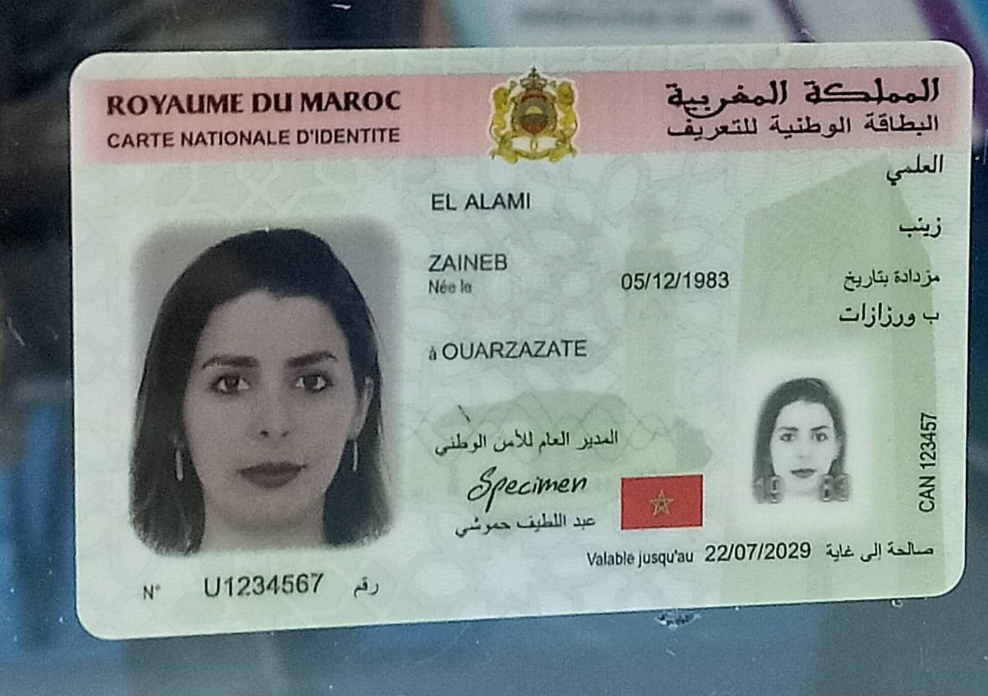This article provides a comprehensive guide on generating a sample Canada SIN Number, which serves as a unique identifier for individuals in Canada. A SIN is a nine-digit number issued by the Canadian government for identification and tax purposes. Whether you need to test a system or gain a better understanding of the structure and format of a Canadian SIN, generating a sample SIN can be immensely helpful.
A SIN consists of three parts: the first digit represents the province or territory where it was issued, followed by seven randomly generated digits, and a final check digit. Each province and territory in Canada has a specific number code assigned to it, which serves as the first digit of the SIN.
To generate a sample SIN, you can utilize online tools or programming languages that allow you to randomly generate the seven-digit portion of the SIN. Additionally, you can calculate the check digit based on the algorithm provided by the Canadian government. This process ensures that the generated SIN adheres to the correct format and structure.
What is a SIN?

A SIN, which stands for Social Insurance Number, is a unique nine-digit number issued by the Canadian government to individuals for identification and tax purposes. It serves as a crucial identifier for Canadian residents and is required for various government and administrative processes.
The primary purpose of a SIN is to track individuals’ income and contributions to the Canadian social security system. It is used by employers, financial institutions, and government agencies to facilitate tax reporting, employment eligibility verification, and the provision of social benefits.
The structure of a SIN consists of three parts. The first digit represents the province or territory where it was issued, indicating the individual’s residency status. The next seven digits are randomly generated, ensuring the uniqueness of each SIN. Finally, the last digit is a check digit used to verify the validity of the entire number.
It is important to note that a SIN should be kept confidential and only shared with authorized entities. Individuals should exercise caution when providing their SIN and ensure that it is requested for legitimate purposes only.
To learn more about the specific format and rules of a SIN, you can visit the official website of the Government of Canada or consult relevant government resources. Understanding the significance of a SIN is essential for Canadian residents to navigate various aspects of their personal and professional lives.
Why generate a sample SIN?
Generating a sample SIN can be a valuable tool for various purposes. One of the main reasons to generate a sample SIN is for testing purposes. Whether you are developing a software application that requires the input of SIN numbers or conducting a system check, having a sample SIN can help ensure that your program or system functions properly.
Furthermore, generating a sample SIN can be beneficial for educational purposes. By understanding the structure and format of a Canadian SIN, you can gain insights into how the identification number is constructed. This knowledge can be particularly useful for individuals studying or working in fields such as data analysis, cybersecurity, or government administration.
When generating a sample SIN, it is important to note that the number follows a specific structure. The SIN consists of three parts: the first digit represents the province or territory where it was issued, the next seven digits are randomly generated, and the last digit is a check digit. Each province and territory in Canada is assigned a specific number code that is used as the first digit of the SIN.
To generate a sample SIN, you can leverage online tools or programming languages equipped to randomly generate the seven-digit portion of the SIN. An online SIN generator, for instance, can streamline this process. Additionally, you’ll need to calculate the check digit according to the algorithm outlined by the Canadian government. This comprehensive approach enables the creation of a realistic sample SIN that aligns with the format and structure of a genuine Canadian SIN.
Overall, generating a sample SIN can serve as a valuable resource for testing and educational purposes. Whether you are a developer, researcher, or simply curious about the intricacies of a Canadian SIN, having a sample SIN can provide you with a practical understanding of this unique identifier.
Structure of a SIN
A SIN (Social Insurance Number) is a unique identifier for individuals in Canada. It consists of three parts:
- The first digit represents the province or territory where the SIN was issued. Each province and territory in Canada is assigned a specific number code that is used as the first digit of the SIN.
- The next seven digits are randomly generated. These digits do not hold any specific meaning and are used to create a unique identification number.
- The last digit is a check digit. It is calculated based on an algorithm provided by the Canadian government. The check digit helps ensure the accuracy and validity of the SIN.
The structure of a SIN is designed to provide a standardized format for identification and tax purposes. It allows for easy identification of the issuing province or territory and helps prevent duplication or fraudulent use of the number.
It is important to note that a SIN should be kept confidential and only shared with authorized individuals or organizations. Protecting the privacy and security of personal identification numbers is crucial in preventing identity theft and fraud.
Province/Territory Codes
Each province and territory in Canada is assigned a specific number code that is used as the first digit of the SIN. This code helps identify the region where the SIN was issued. Here is a list of the province/territory codes:
| Province/Territory | Code |
|---|---|
| Alberta | 1 |
| British Columbia | 2 |
| Manitoba | 3 |
| New Brunswick | 4 |
| Newfoundland and Labrador | 5 |
| Northwest Territories | 6 |
| Nova Scotia | 7 |
| Nunavut | 8 |
| Ontario | 9 |
| Prince Edward Island | 0 |
| Quebec | 1 |
| Saskatchewan | 2 |
| Yukon | 3 |
These codes are an important part of the SIN structure and help identify the region associated with a particular SIN. It is essential to use the correct code when generating a sample SIN to ensure its validity and accuracy.
Generating a Sample SIN

Generating a sample SIN is a straightforward process that can be accomplished using online tools or programming languages. These tools allow you to randomly generate the seven-digit portion of the SIN, while also calculating the check digit according to the algorithm provided by the Canadian government.
Online tools provide a convenient option for generating a sample SIN. Simply input the necessary information, such as the province or territory code, and the tool will generate a random seven-digit number along with the correct check digit. This method is quick and easy, making it ideal for testing or educational purposes.
If you prefer a more hands-on approach, programming languages can also be used to generate a sample SIN. By utilizing random number generators and implementing the check digit algorithm, you can create a custom program that generates valid SINs. This option requires some coding knowledge but offers greater flexibility and control.
It’s important to note that while generating a sample SIN can be useful for testing or educational purposes, it is essential to handle these numbers responsibly and ethically. SINs are sensitive personal information, and it is crucial to respect privacy and security protocols when working with them.

